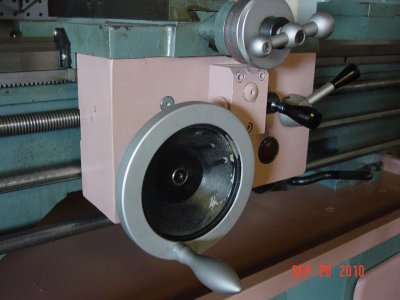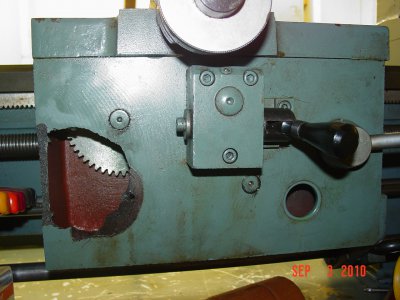- Joined
- Feb 21, 2013
- Messages
- 9
Okay...please note...I am not a professional welder, but this has worked for me in the past. I have an old Ford square baler that uses Cast Iron "needles" for the twine. My baler got out of time and broke both of these. First off, I bought a new set. Within a 100 bales these broke again. I carried these to a local welding shop and was told that it was going to cost as much to have them welded as a new set. Talked to a retired welder and this is what he told me.
First off....get some agriculture lime. Use a disposable Turkey Roasting pan that you get at a big box store. Put as much lime in this pan as it will hold. Put it in the oven at 350-400 degrees and let it sit there for a couple of hours. I stir it about half way through the heating process. Remove this just before you are ready to weld.
I am using a Lincoln Cracker Box welder AC only. (DC would be better, but this is what I have.) Did the normal prep work by cutting some recess bevels on the pieces. I used a small propane torch to heat the pieces. Use NICKEL rods to do the welding. These are normally coated with black flux. They are not cheap. Adjust welding amps to where you get a good bead. Weld the pieces together. As soon as you are finished, cover these with the HOT lime. This lime will help the pieces cool slowly. The next day remove the pieces and do the clean up with your grinder/flap wheel. Check the welds for voids/pitting. If you need to re-weld / fill in the gaps....repeat the above process. The lime will help dissipate the heat evenly and prevent it from cracking at the welds.
I used this process to weld the needles on the baler. This was 10 years and about 15,000 bales ago. Worked!
First off....get some agriculture lime. Use a disposable Turkey Roasting pan that you get at a big box store. Put as much lime in this pan as it will hold. Put it in the oven at 350-400 degrees and let it sit there for a couple of hours. I stir it about half way through the heating process. Remove this just before you are ready to weld.
I am using a Lincoln Cracker Box welder AC only. (DC would be better, but this is what I have.) Did the normal prep work by cutting some recess bevels on the pieces. I used a small propane torch to heat the pieces. Use NICKEL rods to do the welding. These are normally coated with black flux. They are not cheap. Adjust welding amps to where you get a good bead. Weld the pieces together. As soon as you are finished, cover these with the HOT lime. This lime will help the pieces cool slowly. The next day remove the pieces and do the clean up with your grinder/flap wheel. Check the welds for voids/pitting. If you need to re-weld / fill in the gaps....repeat the above process. The lime will help dissipate the heat evenly and prevent it from cracking at the welds.
I used this process to weld the needles on the baler. This was 10 years and about 15,000 bales ago. Worked!



